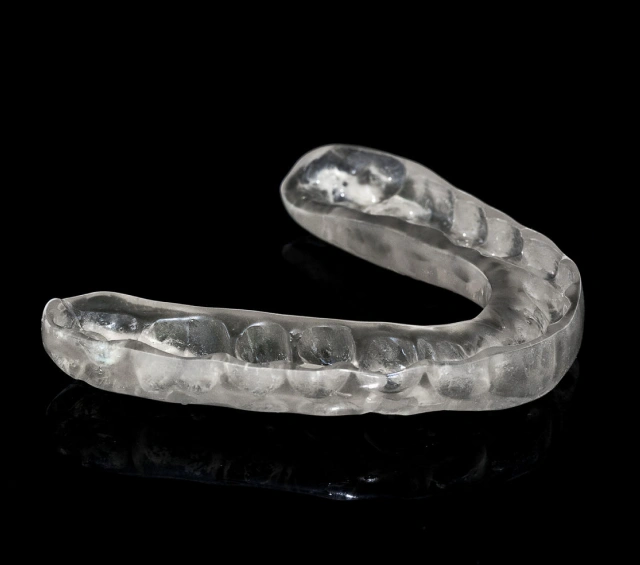
Understanding Normal Tooth Wear and Enamel Erosion
Under normal circumstances, the contact between your teeth should only be for approximately 5 minutes each day. Normal chewing only results in brief intervals of contact between the hardest substance in the human body, enamel surfaces. Although slight amounts of wear over years of function may occur, causing small chips on the bite edges, these durable surfaces should wear at almost undetectable rates.
Sometimes, even young patients may develop teeth that have a flattened, worn appearance. X-rays may demonstrate unusually thin layers of enamel, giving the impression that sandpaper had been drawn across the chewing surfaces of the teeth. Enamel should not erode substantially from just a few minutes of chewing daily.
Do You Even Know?
Some patients may develop a subconscious habit of grinding their teeth, either during the day or at night. In many cases, the abrasive action occurs only during sleep, and for only a few seconds at a time. If one wakes up with a sore jaw or a morning headache, it is possible that they have been grinding their teeth during the night. In some patients, enlarged jaw muscles develop on the sides of the face due to the extra activity. These muscles can be the strongest in the body, ounce for ounce, meaning they can cause a significant amount of damage.
Grinding the teeth not only wears them down and strains the overworked muscles, but compressive forces can also damage the intricate jaw joints on one or both sides. This damage to the joints may lead to arthritic changes, chronic pain, as well as popping or clicking sounds when opening or closing the mouth. Once these changes have settled in, it may become impossible to reverse their condition.